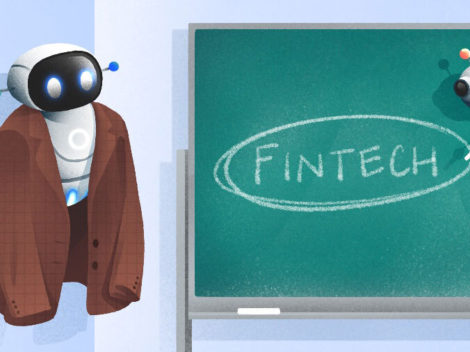Since we last checked in on the tech industry’s awakening to older adults’ needs, the space where startups cater to customers 50 years-old and up has continued to grow.
One standout is Lively, a digital hearing device startup, that closed a $16 million Series A in January. Given its target market, Lively’s specific challenge lies not only in providing innovative technology (as would any startup), but also smart design to meet its customers where they are at in terms of their ability to navigate new technologies.
Subscribe to the Crunchbase Daily
“When we do use technology, we work to build something advanced enough that a millennial would be impressed, without making marketing and design choices that alienate older consumers,” Lively CEO Adam Karp told Crunchbase News.
Another hardware company worth mentioning is Minnesota-based GrandPad, which makes tablets aimed at older users. To date the company has raised over $15 million in funding.
On the software side, Denver-based HeyHerbie utilizes data and a simple interface that is compatible with television screens to help users locate and take advantage of daily services.
“Our research suggests that more than 90 percent of seniors watch still TV and can navigate easily using a remote,” HeyHerbie founder Ashish Mudgal said. “Therefore, our MVP is a platform that lets aging adults access a carefully-curated selection of services like ordering transportation, meals, or getting reminders about medication or doctors’ appointment directly via their TV and remote control.”
A Little Respect
Overall, the older demographic is finally getting the attention it deserves, Mudgal said.
“Right now, younger baby boomers are paving the way to technology adoption,” Mudgal said. “We believe that we [older users] have been adapting to technology and now it’s time technology adapts to us.”
The antiquated cultural narrative about “seniors” not being digitally-savvy enough to use the latest technology doesn’t jive with data being gathered on this demographic.
Case in point: the latest study of over 500 Americans by Senior Care showed that “81 percent (of respondents) want more social connections via platforms like Facebook.” Perhaps the most interesting finding to emerge from the study is that 82 percent of those surveyed already use a smartphone like iPhone or Android, a far cry from the landline-hooked image that’s often portrayed.
Further, 90 percent of adults over age 50 own a computer or laptop, giving tech entrepreneurs more reason to think of this group for their next software idea, Karp said.
One company capitalizing on the readiness of this market is Denver-based Element3 Health, which offers a platform of preventative health measures with a focus on activity and health.
Another is San Francisco-based Aging 2.0 which currently posts $10.2 million in revenue. Unlike more traditional VC-funded startups, Aging 2.0 relies on global chapters instead of software outreach to multiple forms of support for seniors around the globe.
But at the end of the day, a major key to achieving success with older users is good ol’ fashioned seamless usability.
“For example, we’ve deliberately chosen to style our text links with a predictable, and traditional, underline,” said Karp, who made the subtle distinction between “usability” and “ease of use.”
A design that has large text fonts, but sacrifices core functions and ignores consumer pain points can be just as bad as a design with illegible fonts.
Ultimately, success will not only be measured in terms of revenue and product adoption but in the startup community’s overall ability to recognize the need for appropriate access to technology in a way that speaks to a demographic that not only wants it, but has proven to be capable of navigating it.
Illustration: Li-Anne Dias

Stay up to date with recent funding rounds, acquisitions, and more with the Crunchbase Daily.



![Illustration of a suitcase stuffed with money. Megafunds [Dom Guzman]](https://news.crunchbase.com/wp-content/uploads/Megafunds-470x352.jpg)
![Illustration of a guy watering plants with a blocked hose - Global [Dom Guzman]](https://news.crunchbase.com/wp-content/uploads/quarterly-global-3-300x168.jpg)
67.1K Followers